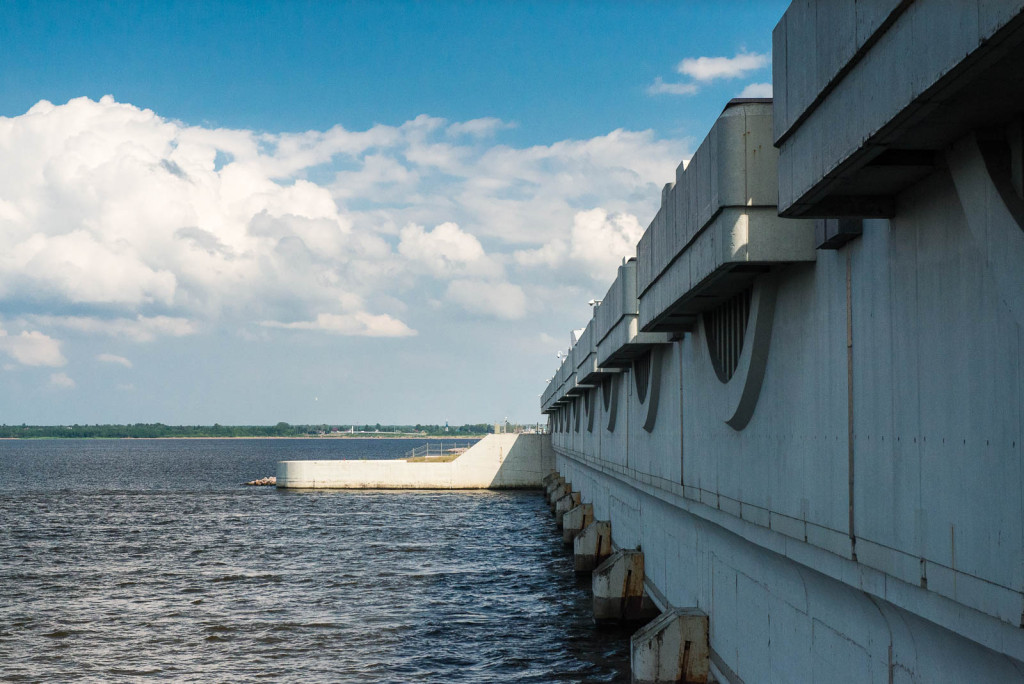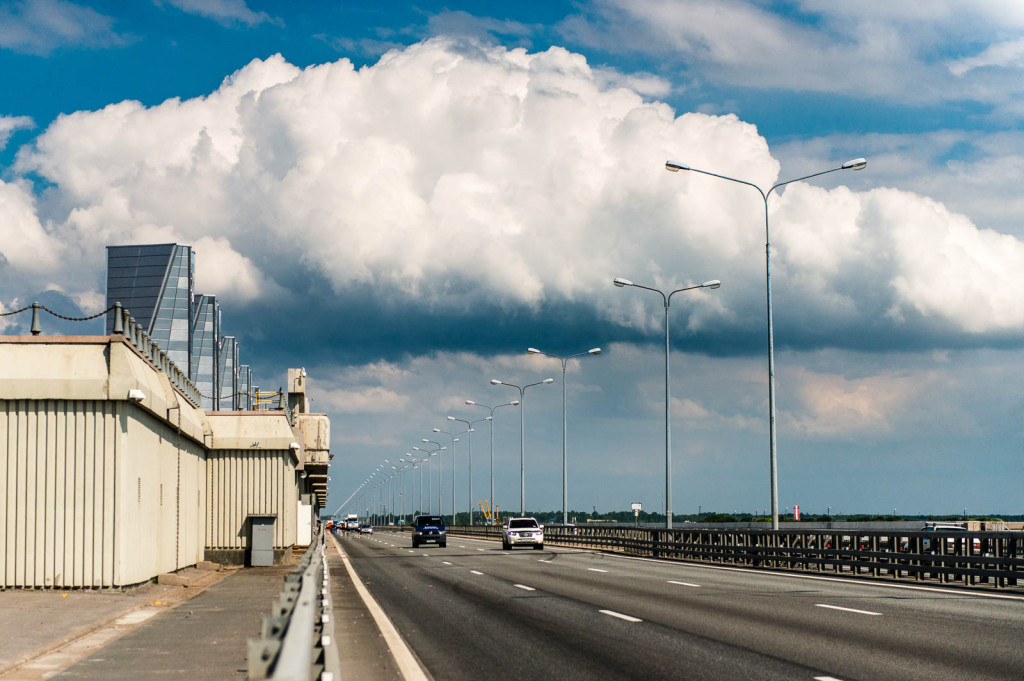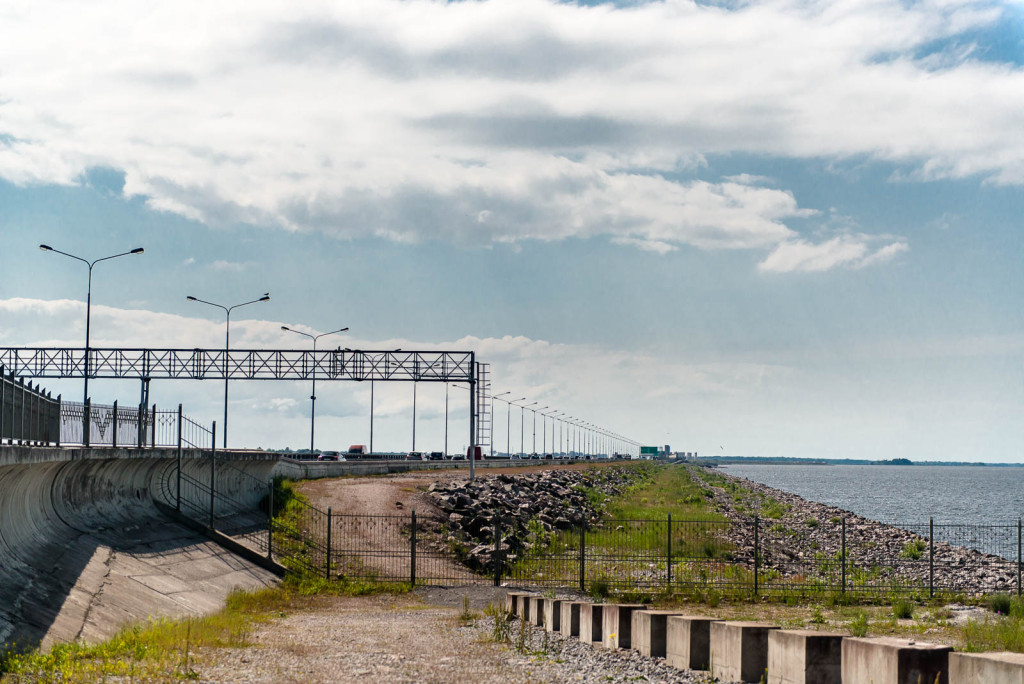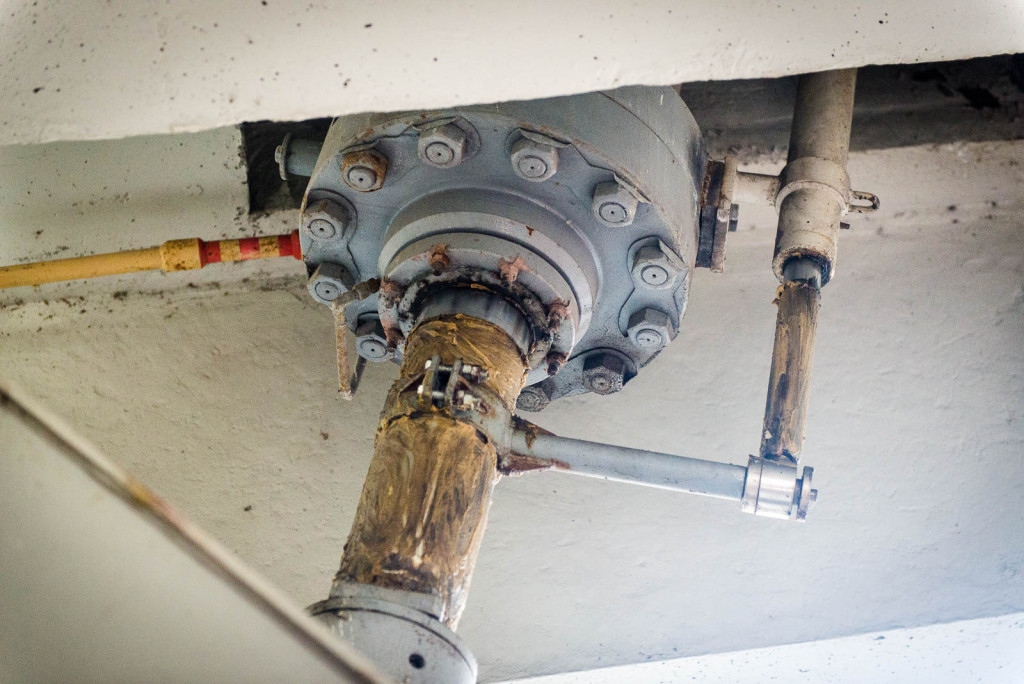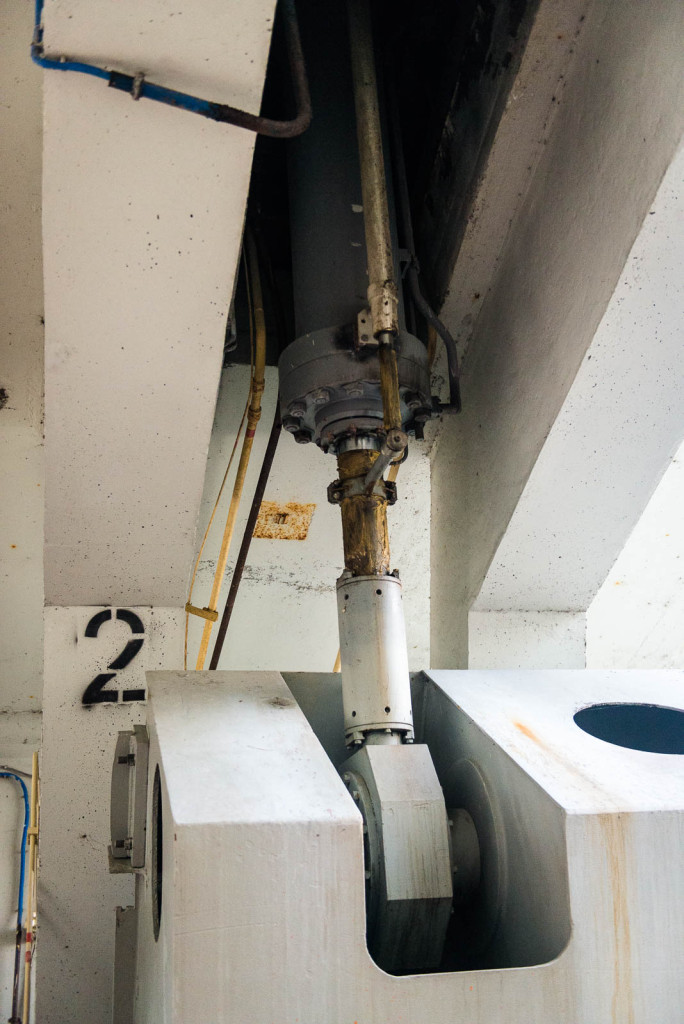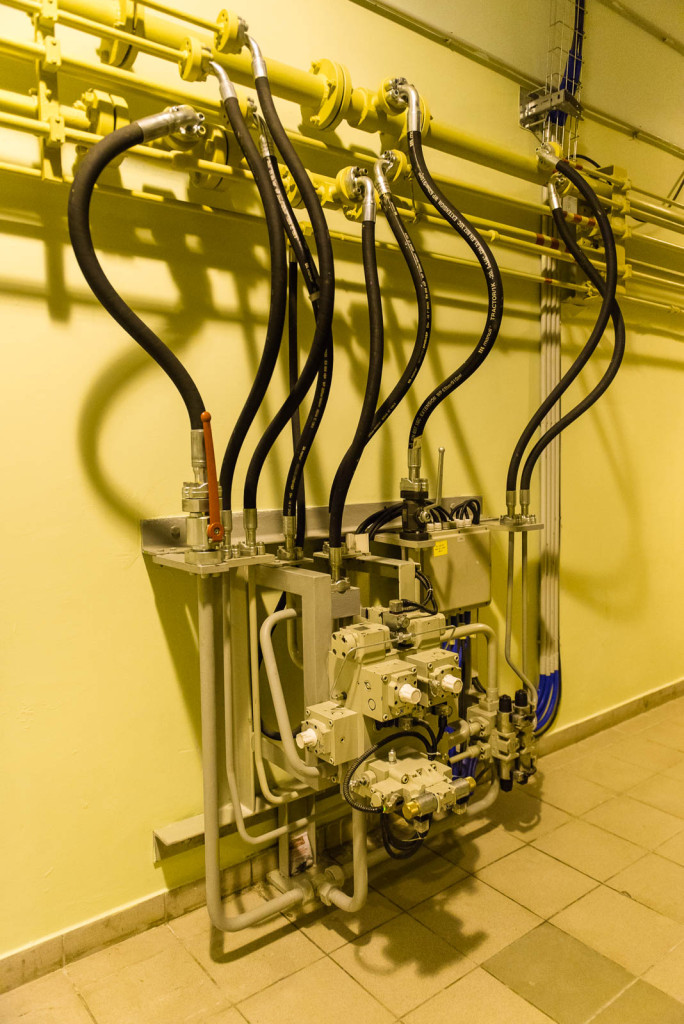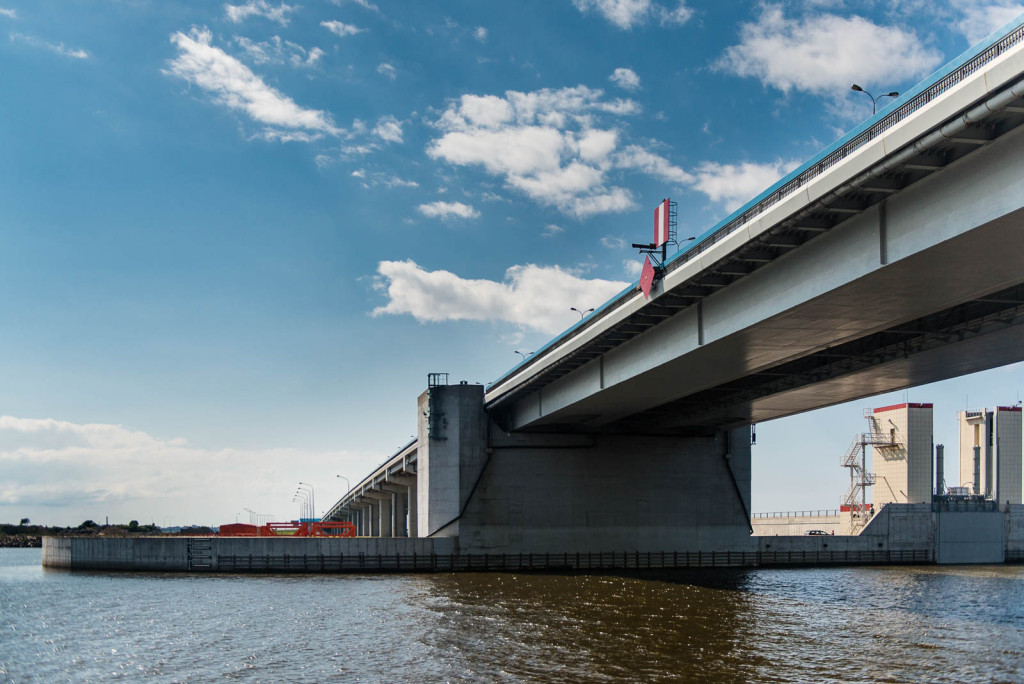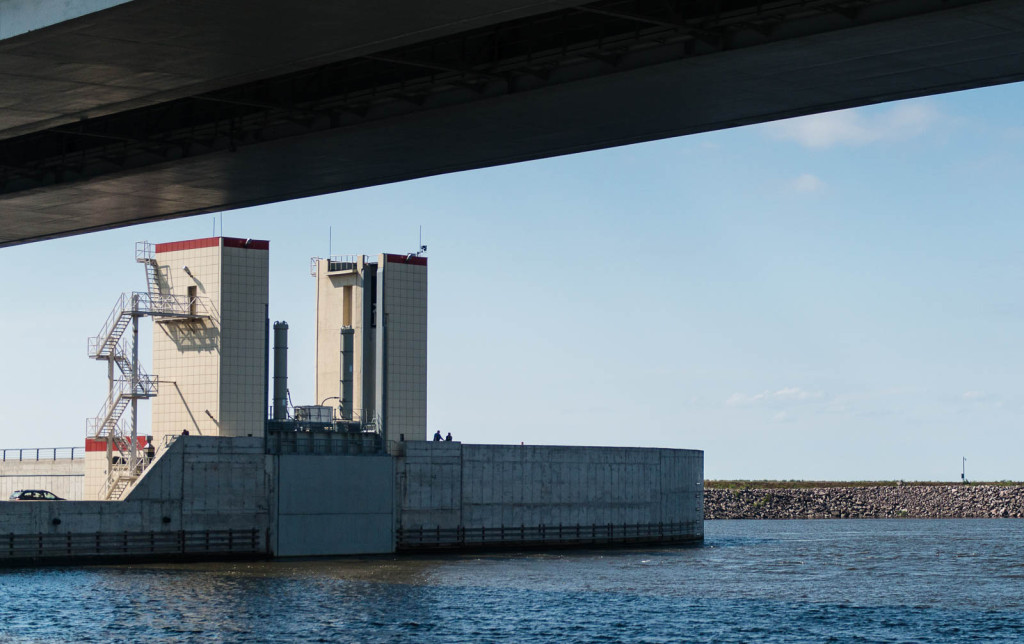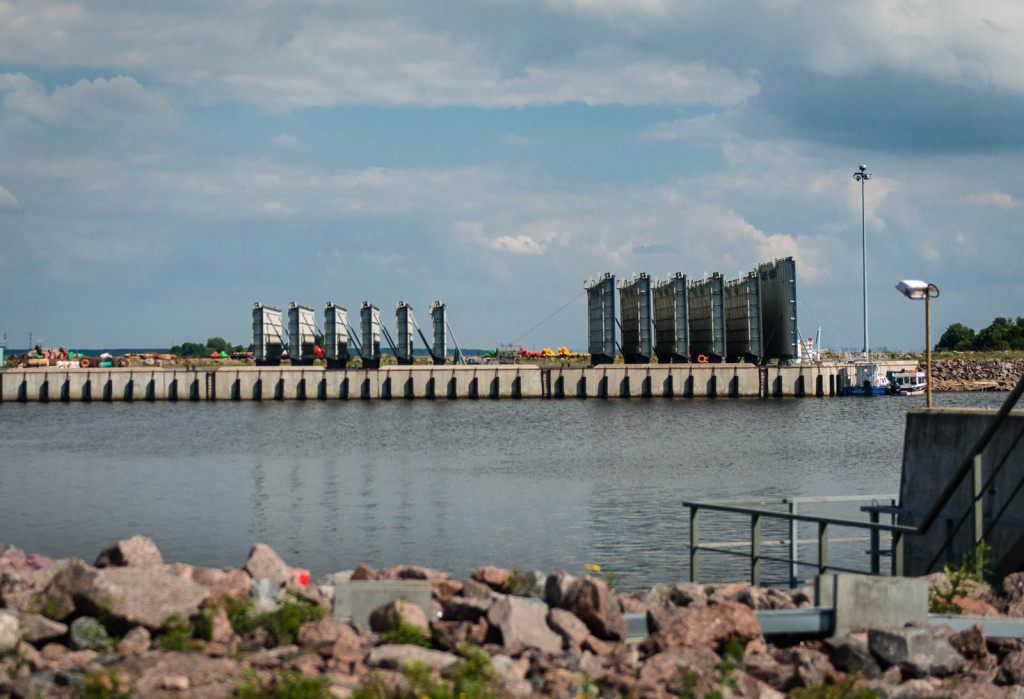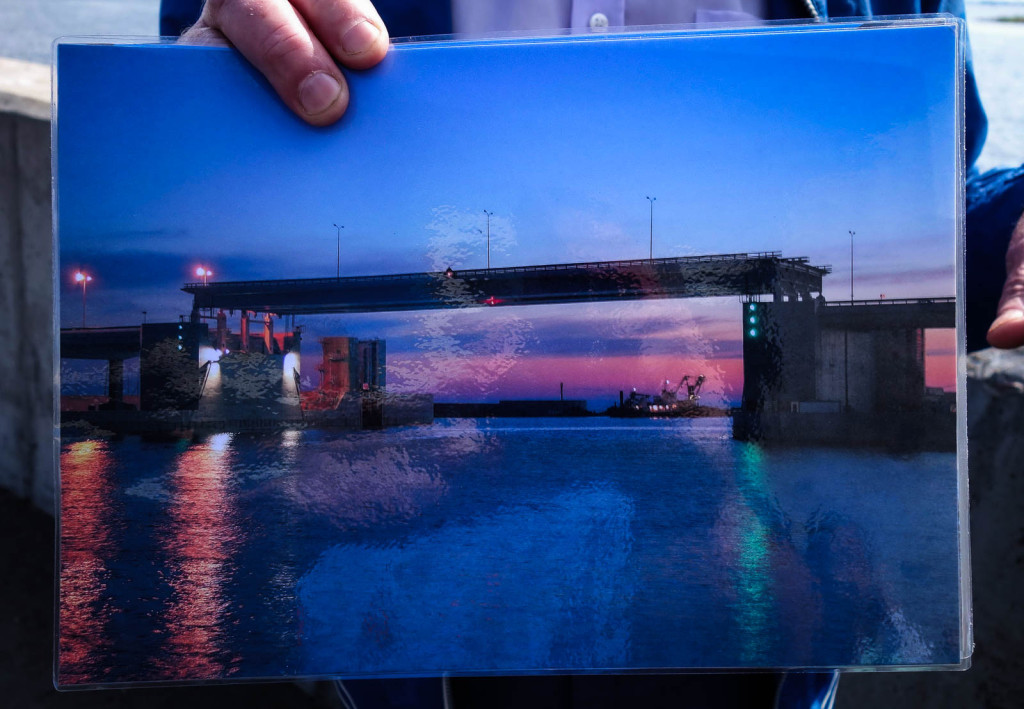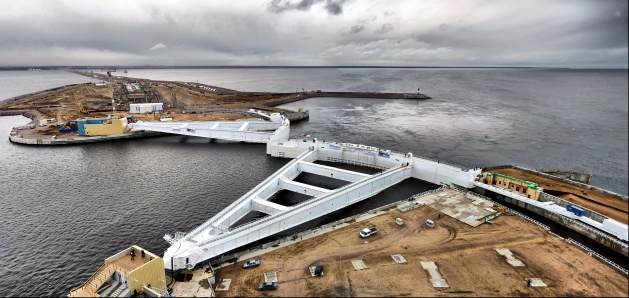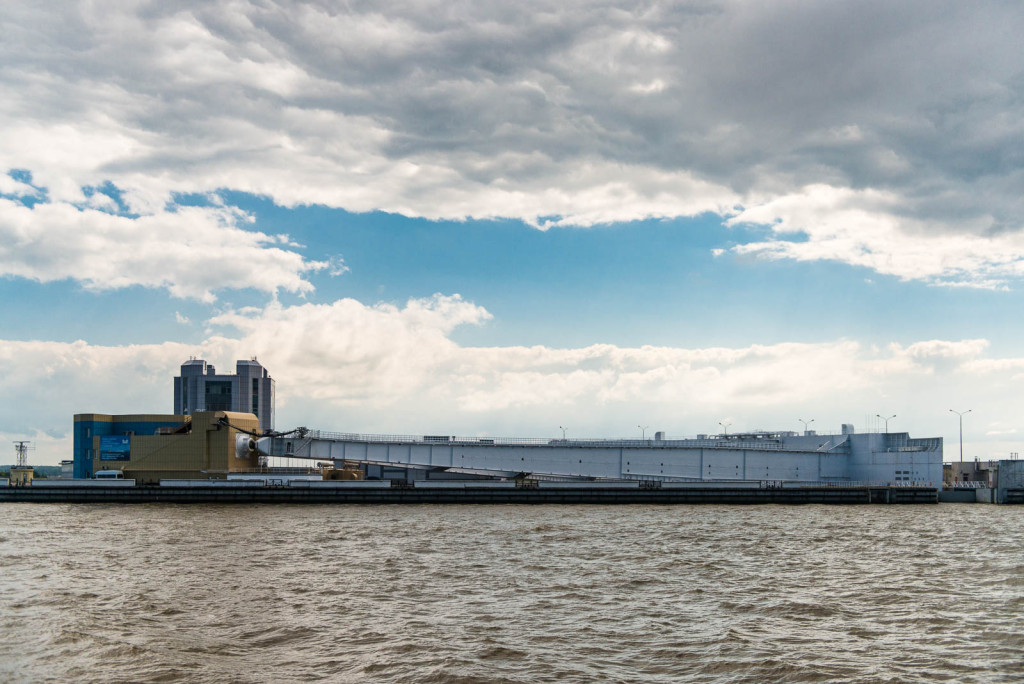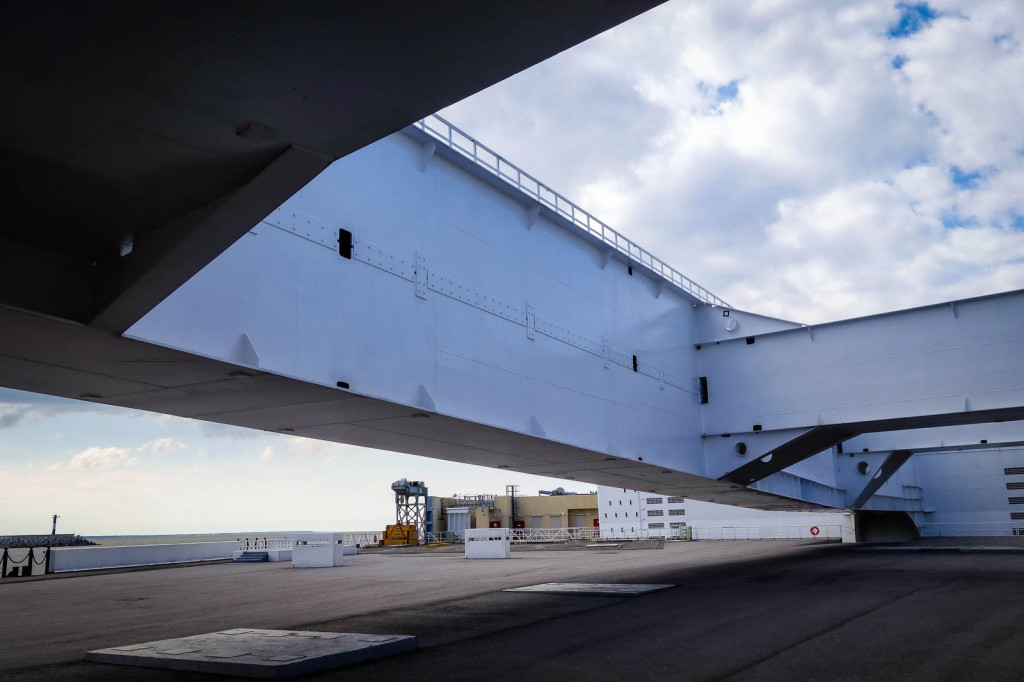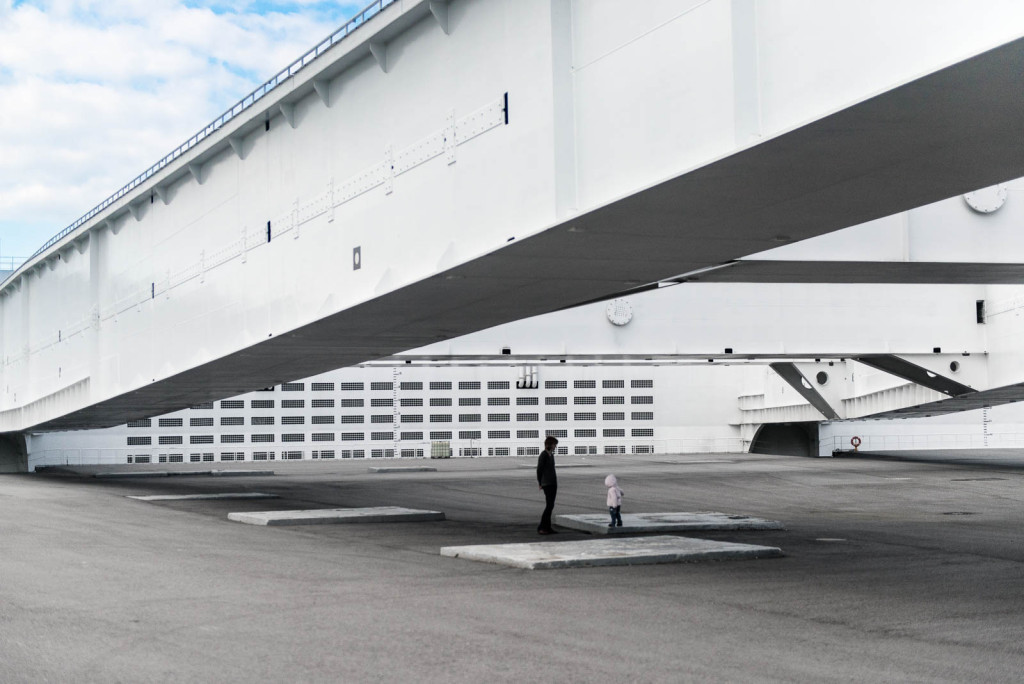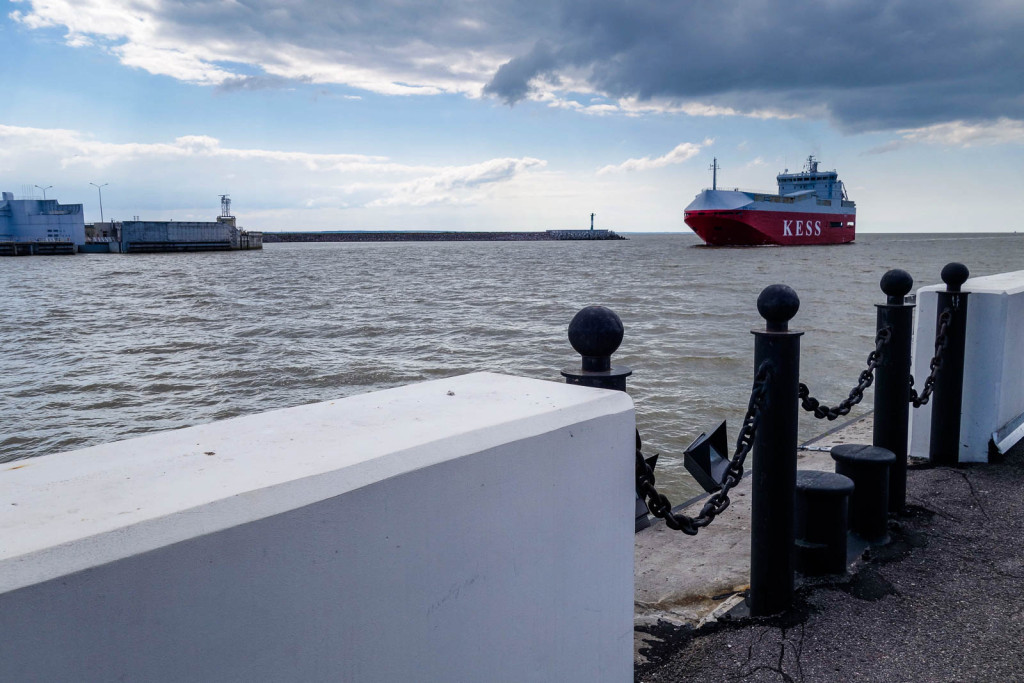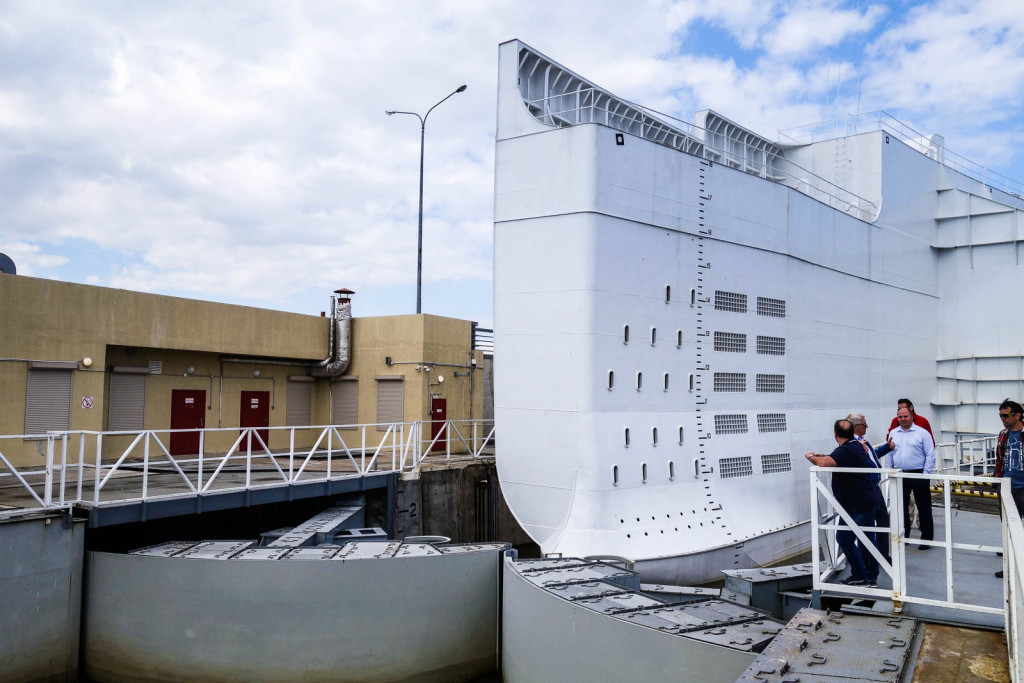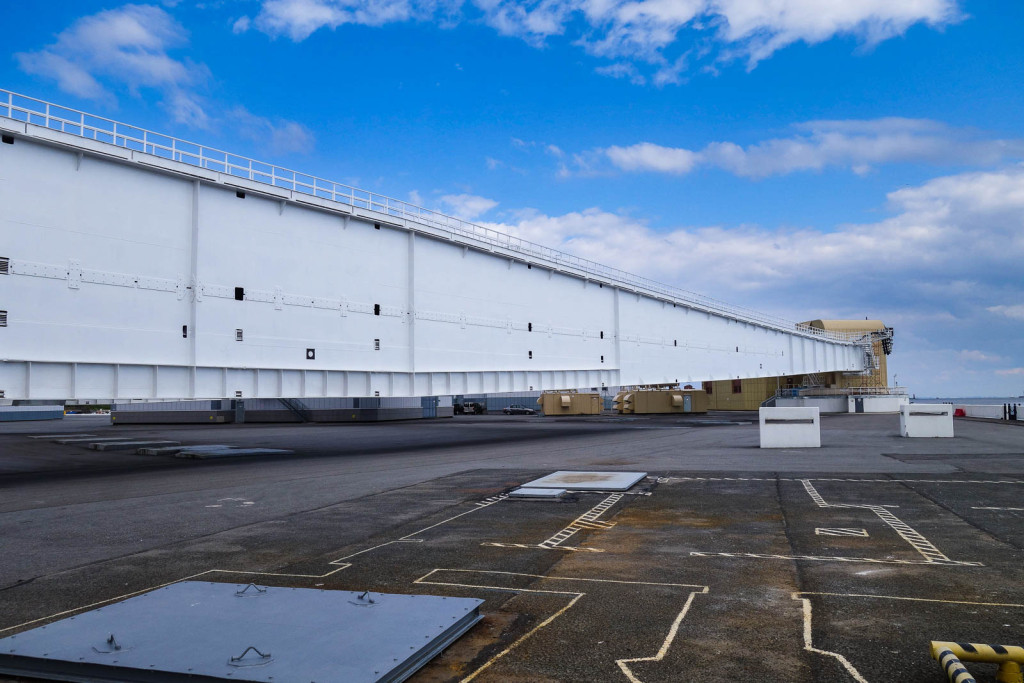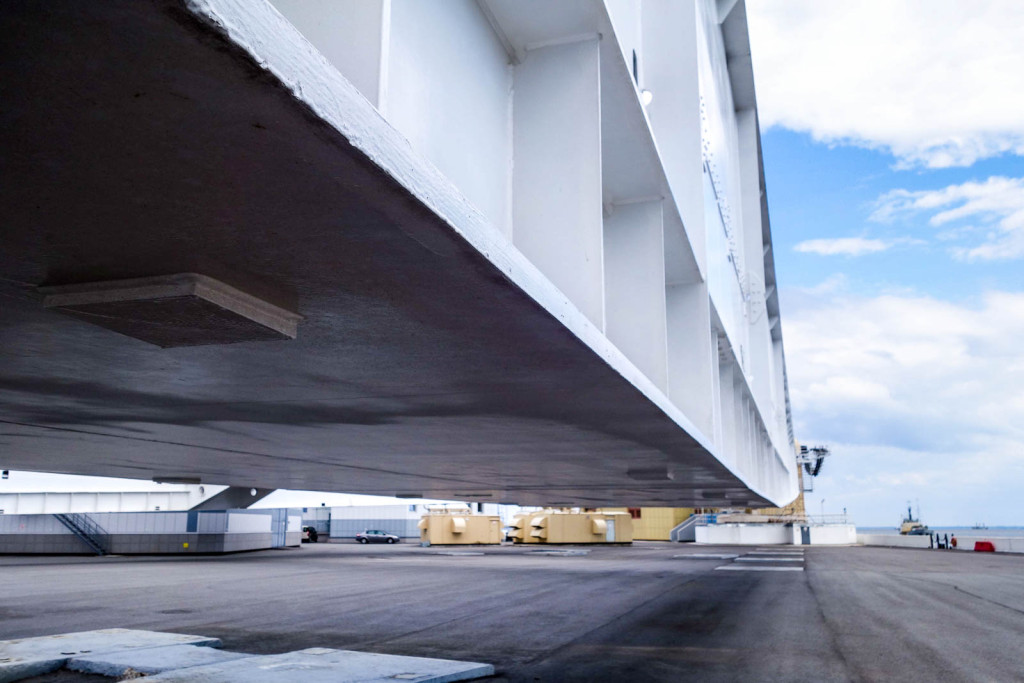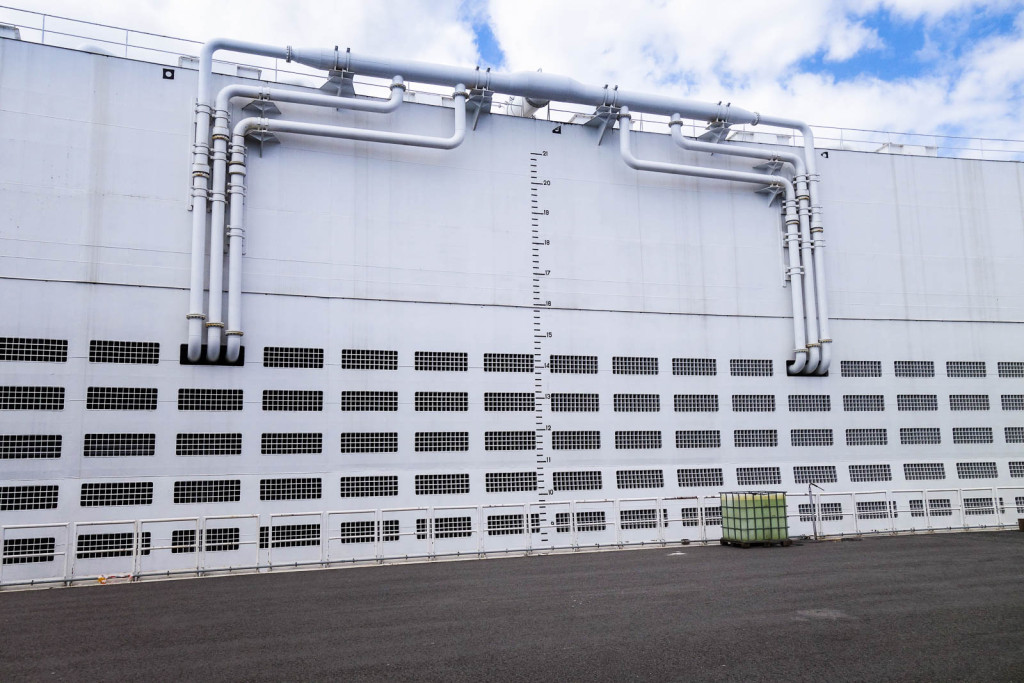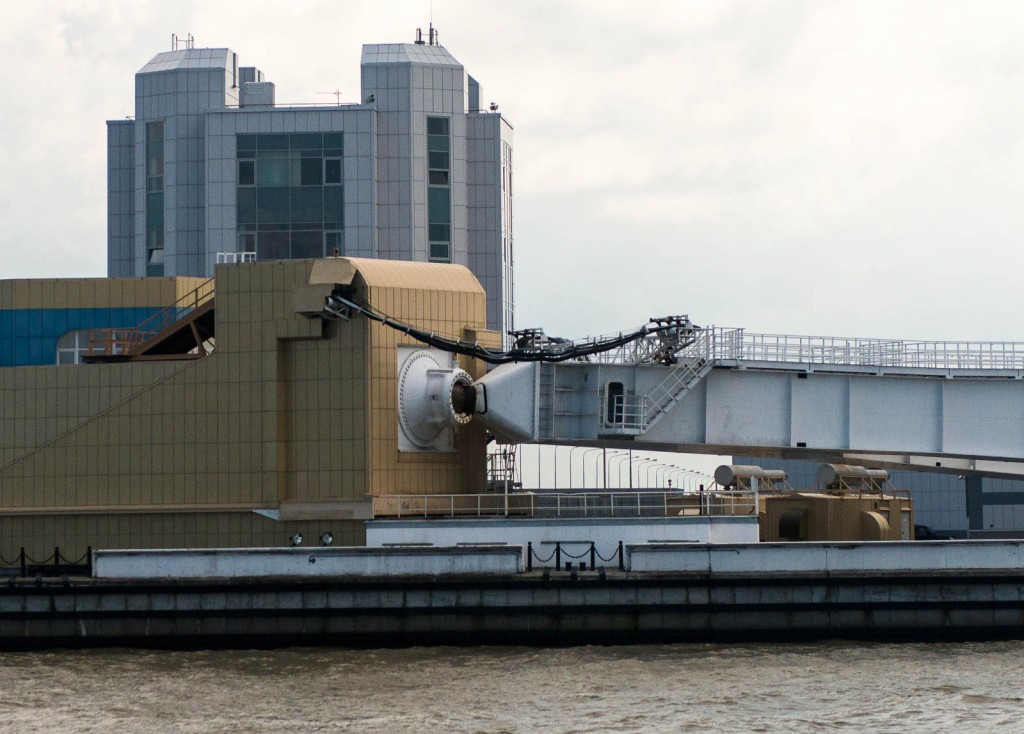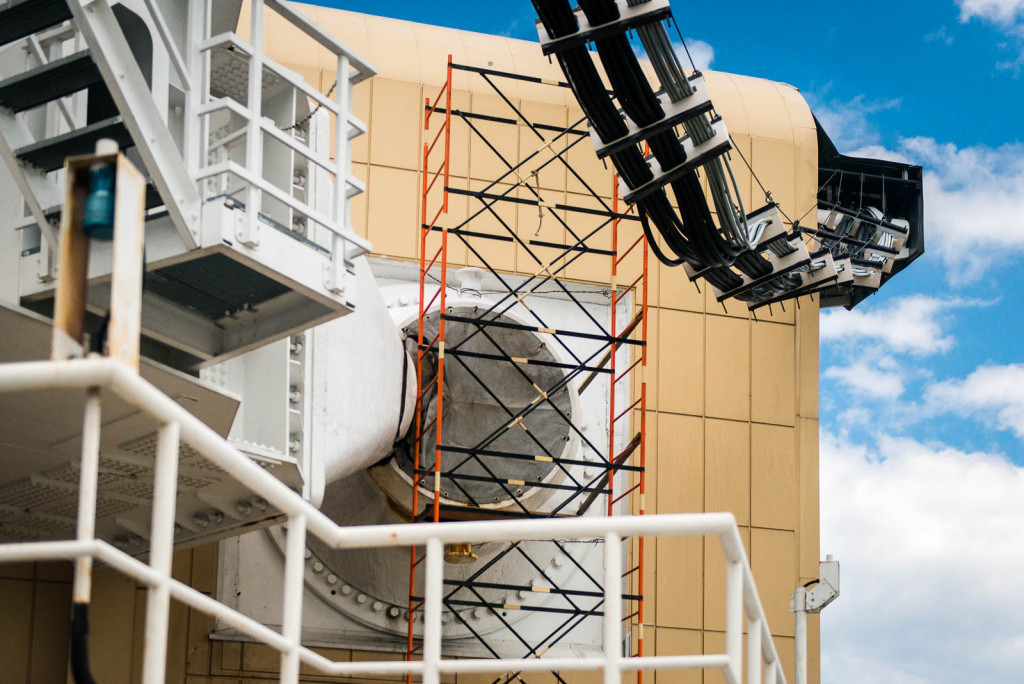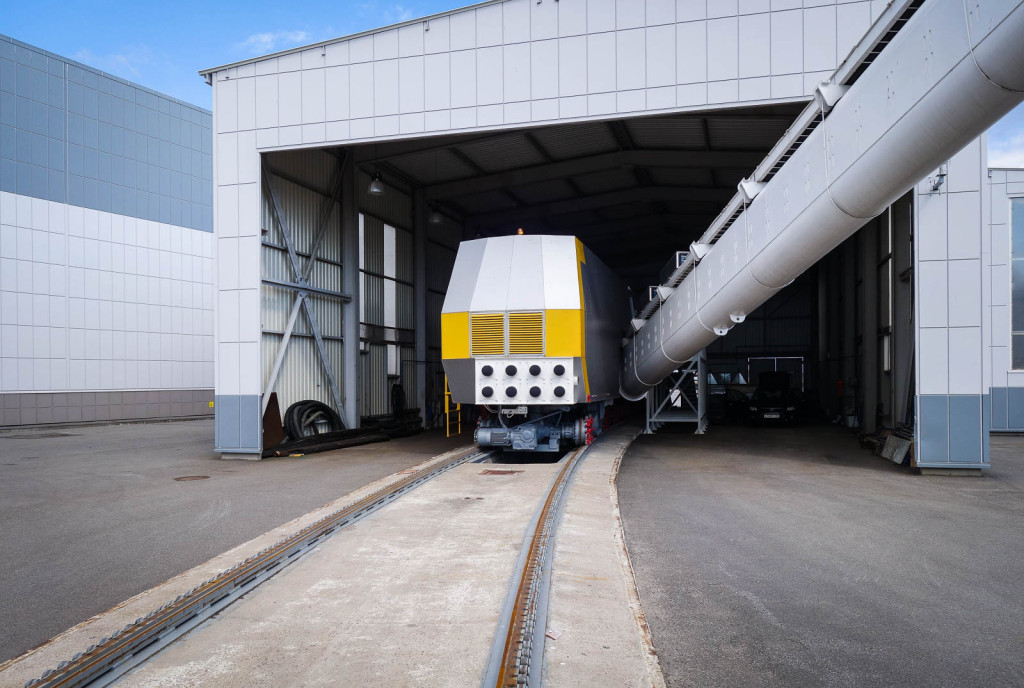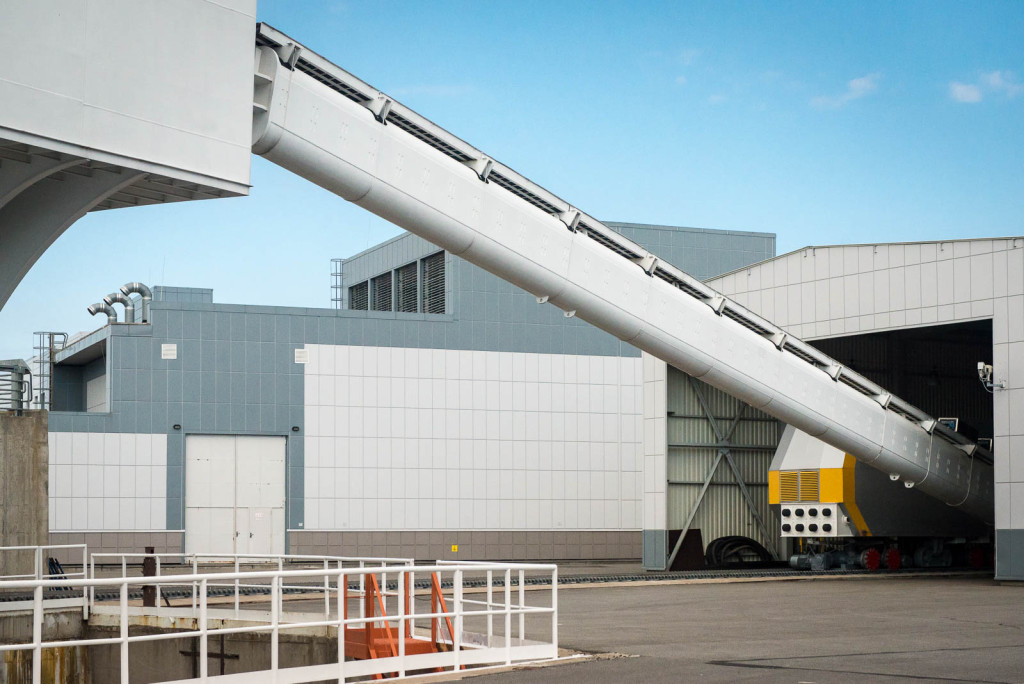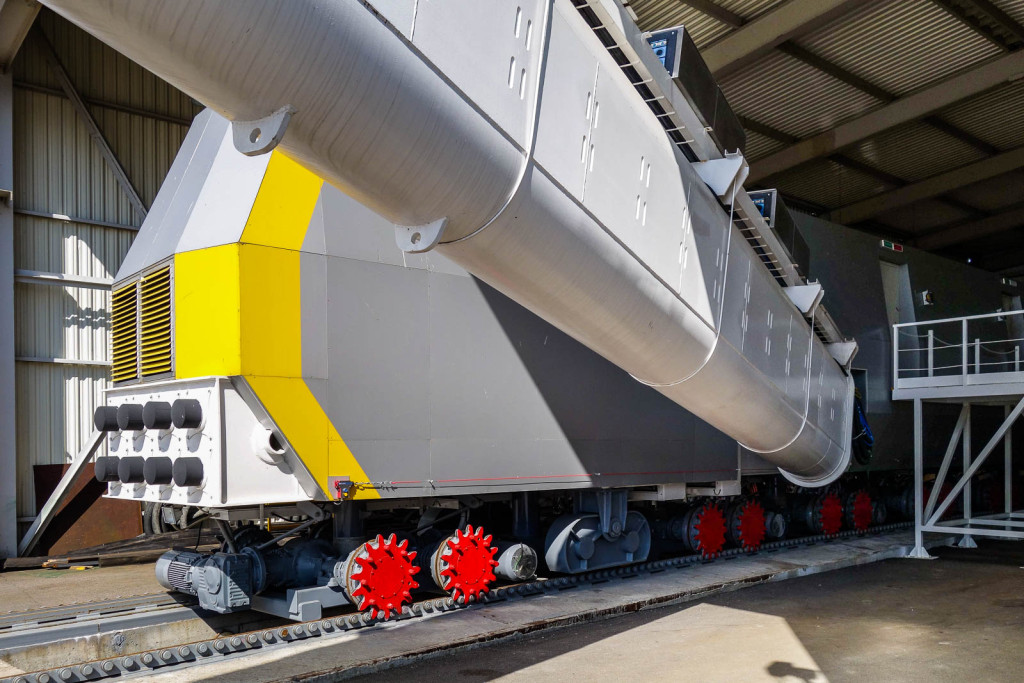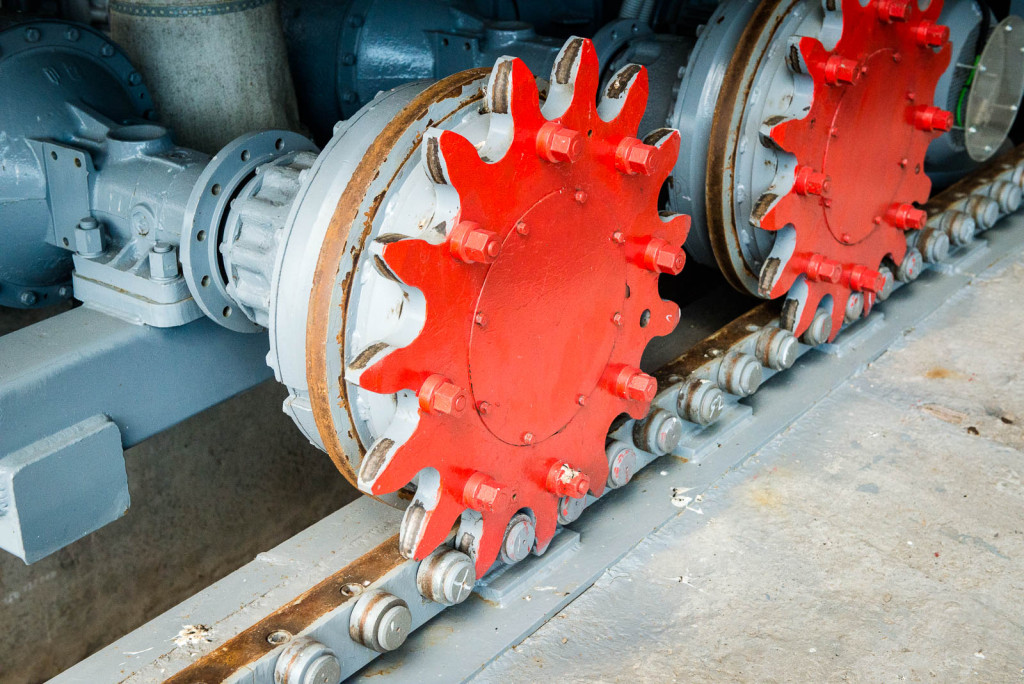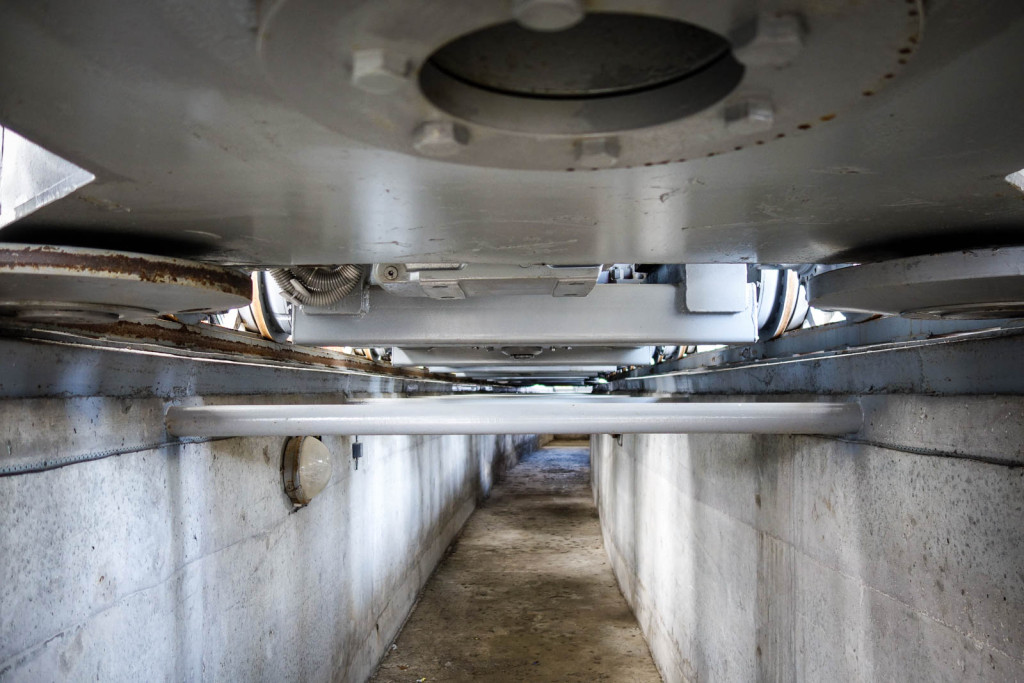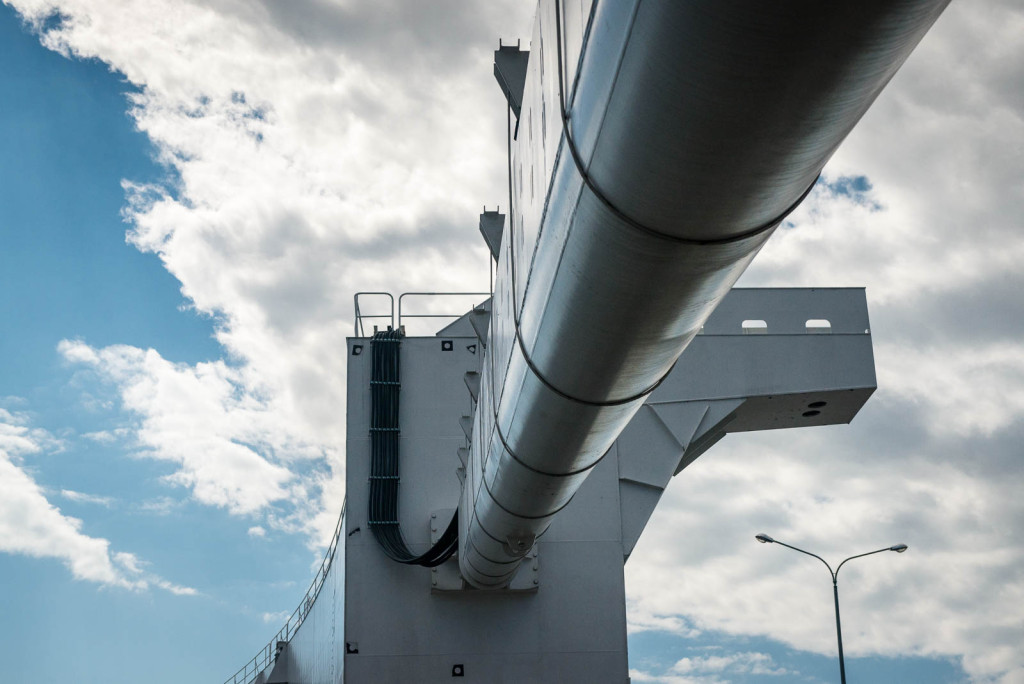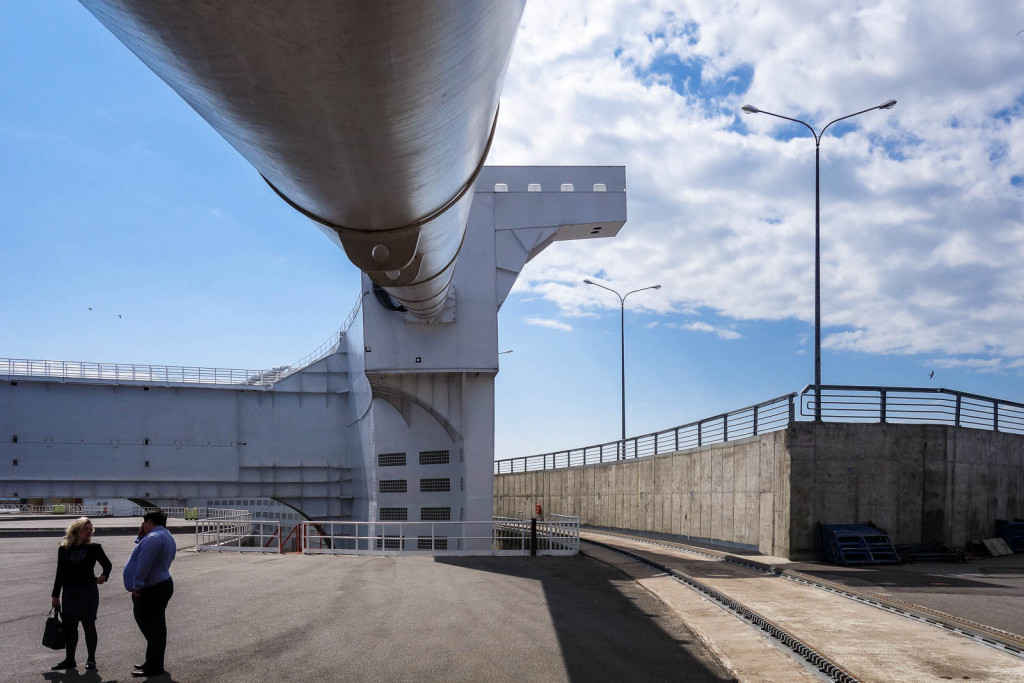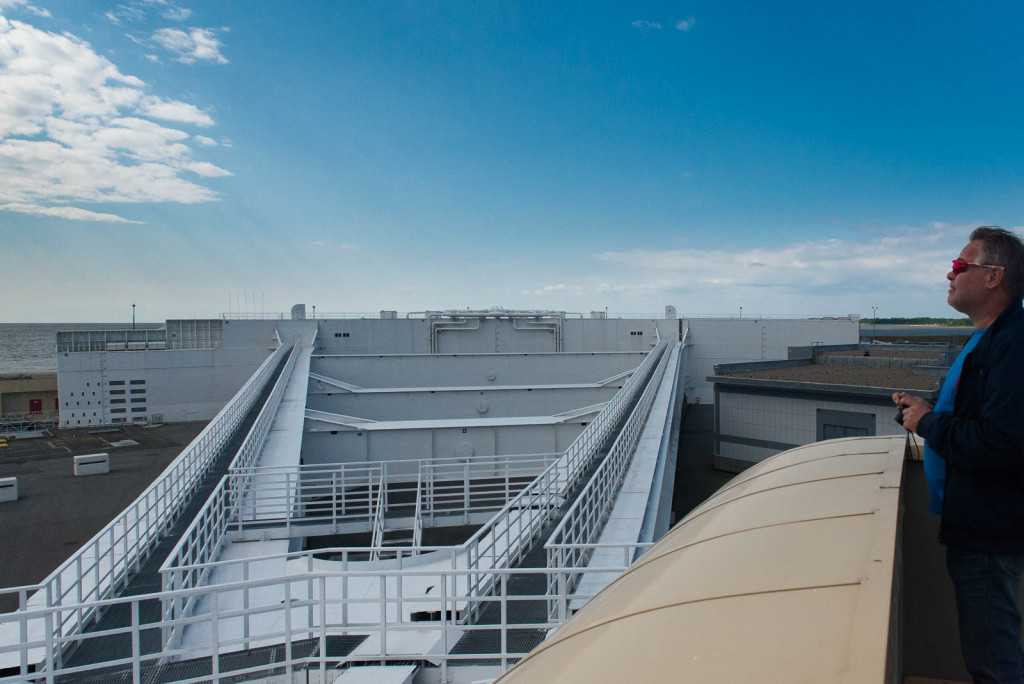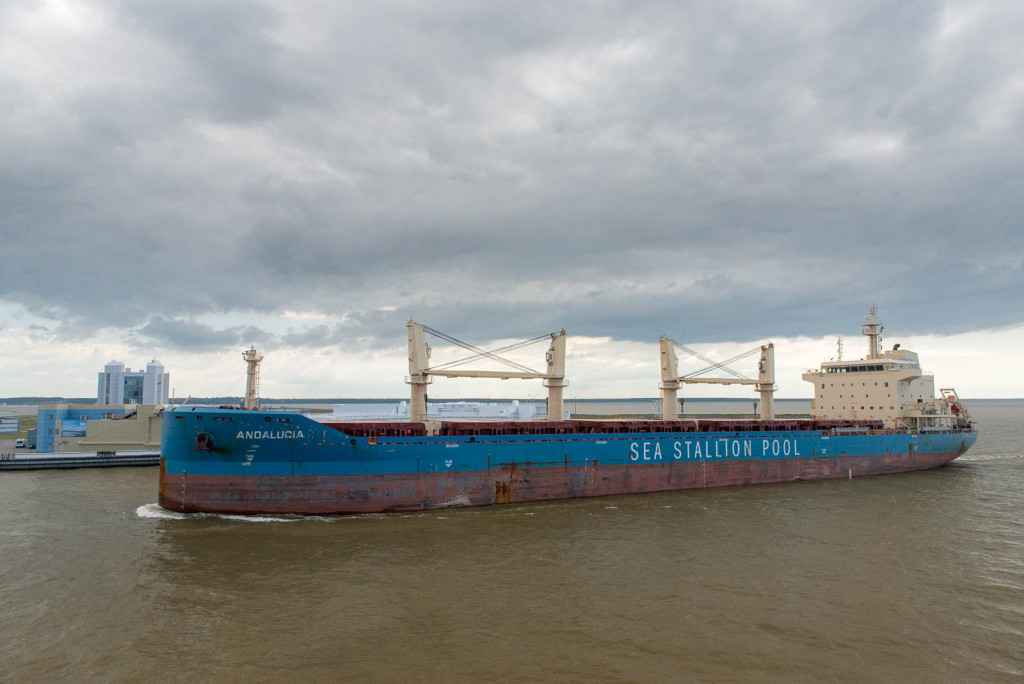July 16, 2015
How to help salmon breed.
There are all sorts of unusual phenomena in the world – both natural and manmade.
Sometimes they’re hunky dory and harmless, like horizontal waterfalls in Kimberley in Australia, manmade cascading falls at the Itaipu Dam, or the stunning sunsets on Santorini.
Other times they’re depressingly dreadful and destructive, like volcano eruptions, earthquakes and tsunamis.
There’s the static symmetry of mountains and volcanoes; there’s the slow and steady movement of things like tectonic plates, glaciers and snowcaps; and there’s the unpredictable though grimly inevitable things like avalanches and other such cataclysms. There are also freak, flash, or full-on floods, which come and go with intermittent regularity. Floods are what we get when the gods forget to turn the tap off when pouring a bath. So man has to intervene. He can’t get them to stop forgetting, so he has to design and construct large protective installations to drain water that’s just about to cause a flood – to make up for this godly absent-mindedness.
One place where heavenly amnesia occurs rather frequently is in the European part of Russia – just off the Gulf of Finland, especially around the delta of the river Neva. And by unlucky coincidence the city of St. Petersburg happens to be situated right there. This is a city known for its heroism, victories and imperial cultural heritage, but also, alas, water-caused catastrophes. Of the latter it’s had more than its fair share. For those interested – here.
Still interested? Then simply read the Bronze Horseman. It rules. It’s here btw, with plenty of commentary.
The short version:
St. Petersburgers naturally needed to do something about the flooding. Which is just what they did. Now, I’d heard about it before, but only recently did I finally get to see it in the flesh sun: around St. Petersburg there’s now a huge dam to protect the city from flooding. Pushkin’s poetic depictions of floods are now thankfully firmly a thing of the long-gone past – and good riddance.
Turns out, professional hydraulic designers and technicians scoff at the description ‘dam’ for this fantastic feat of engineering. They prefer: ‘complex of protective installations against flooding’. Doesn’t quite slip off the tongue, but if they insist, who am I to question it?
Now for a bit of technical data…
What was needed was a construction that would normally let reasonable amounts of water through from the Gulf of Finland into Neva Bay, but when catastrophically high waves come a-crashing in from the Baltic Sea would create a tall barrier to stop them causing a ruinous flood throughout the city. The installation also had to be able to let ocean-faring ships through on a daily basis, plus also not interfere with the delicate local marine ecology.
Plans to build the ‘dam’ were first made as far back as in the 19th century, but construction only started in 1979 (details – here). Then of course Communism finally arrived… and at the end of the 1980s construction was halted. Fast-forward to the early-2000s and the abandoned project was resuscitated, and in 2011 it was finally completed; and what they got was something truly damtastic!
I tried to find similar flood-control dams on the net but didn’t get very far. They’re all somehow a lot smaller in size. There’s one in London, one in Holland, one on the Elbe… But they’re all tiny compared to the whopping Russian 25-kilometer dam installation. Impressed I was.
There is one anti-flood installation that’s on a par – the one being built in New Orleans. When it’s completed it will be bigger; but for the moment the one in St.P is No.1!
To the layman who may encounter the construction, it’s simply a 25-km-long highway that crosses the Gulf of Finland from bank to bank, much like that one featured in Miami Vice that connects Miami to the Keys (which is much longer – but it ain’t no anti-flood installation:). Smooth tarmac, neat markings and signposts, entry and exit roads…: nice.
But if same layman were to crawl inside, he’d be fairly astonished at all the heavy engineering kit in there. Along the ‘dam’ there are countless channels to let the Neva water through, which in case of a sharp upsurge of water from the Baltic get bunged up by these here shutters:
As mentioned, oceangoing ships can go through the dam. This is done via one of two sections. The northern one is a 100m-wide channel, which in case of an imminent flood gets closed up by probably the world’s largest metal gate, which normally resides seven meters under the water. Above the channel is a bridge, which opens up (after stopping the road traffic crossing it!) to let the very biggest of tankers through. OMG (Oh My Genius).
The southern ship-access section is much like the first one – only bigger still!
It’s 200 meters wide and 16 meters deep. Upon a threat of flooding the passage is closed up by two floating shutters, which then sink down. When the flood danger is over the water is pumped out of the shutters, they resurface, split, and go back into their ‘garages’ and voila! The Neva water goes through, and sea liners and cargo vessels are free to come and go.
And instead of a road bridge they went for a six-lane tunnel at a depth of almost 30 meters instead.
The sizes of the constructions fully flabbergast:
To my uninitiated eye the shutters look like a submarine. Still, I bet the technologies of anti-flood pumping out of water and submarines are similar.
For putting the shutters into their working positions a special electric ‘armored train’ with a big ‘poker’ is used. Here it is:
In short: this is one monumental, unique technological complex: if you’re in any way techie and appreciate courageous heavy engineering feats at all – this is a perfect day trip out for you. It’s just phenomenal.
P.S. We were asked not to take photos of the SCADA used here. But there’s no reason for concern there – in emergencies it can be shut down and the dam can be controlled manually :).
The rest of the photos are here.
Back soon folks!…
But wait!…
The curiously attentive reader will now be asking: ‘but how can salmon be helped to mate?’ like in the title to this post.
Well, the construction of the St. Pete dam looked like it was going to do harm to the local salmon’s mating season antics – in terms of their needing to move about a lot, I think, to get their thing going :), so a lot of folks were very concerned. But taking those concerns into account, the dam was designed and built to make sure the traditional mating season activities weren’t messed about with; actually, in the end, those lusty vital processes for the survival of the local population of the species were enhanced.
So there’s your answer: How to help salmon breed? Build a dam!
